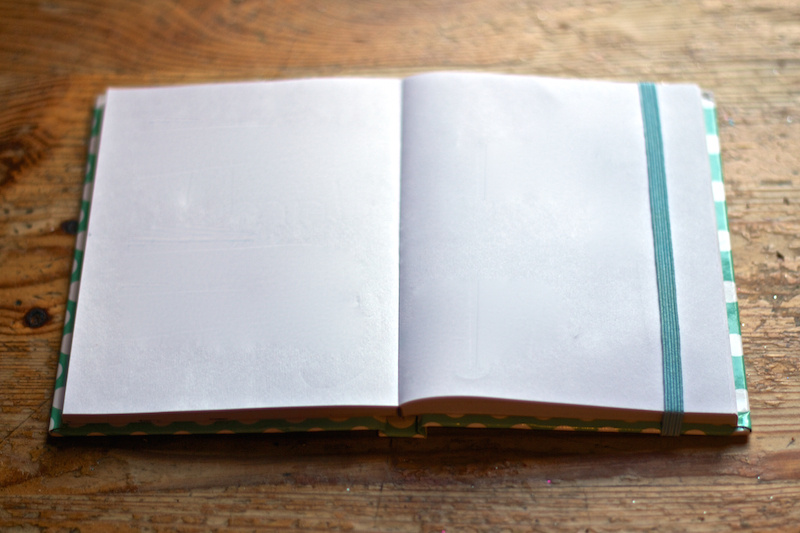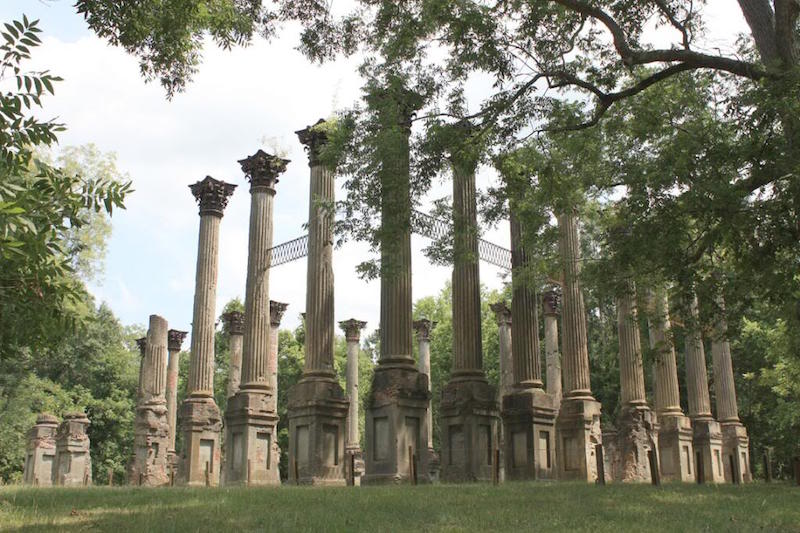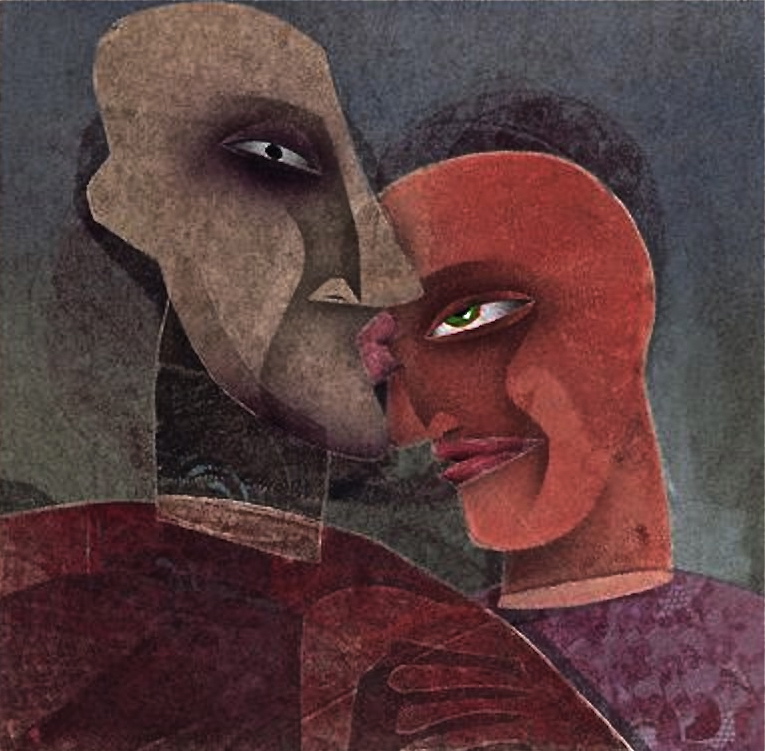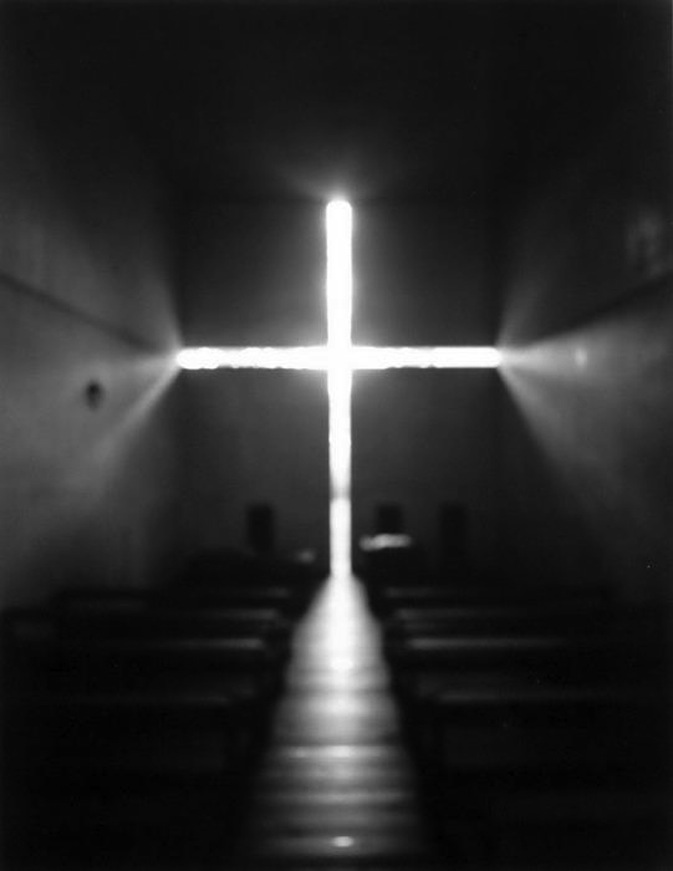;
Adie Kleckner
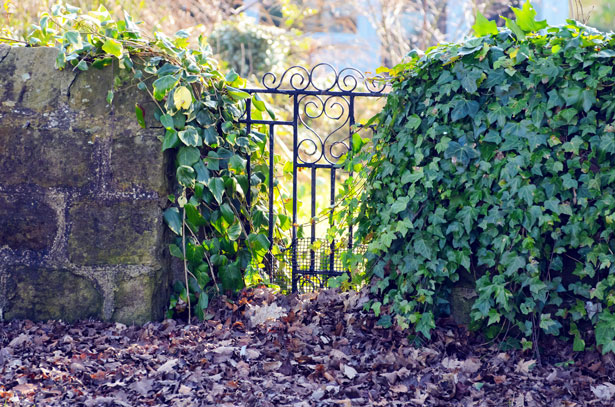 The grammarian Roy Peter Clark refers to the semicolon as “a gate that stands between two thoughts, a barrier that forces separation but invites you to pass through to the other side.” It is a punctuation of subtlety that has plagued college freshmen for years. Wouldn’t a period be more succinct? A comma more enlarging?
The grammarian Roy Peter Clark refers to the semicolon as “a gate that stands between two thoughts, a barrier that forces separation but invites you to pass through to the other side.” It is a punctuation of subtlety that has plagued college freshmen for years. Wouldn’t a period be more succinct? A comma more enlarging?
To think about semicolons, one must first think about what punctuation does—it organizes thoughts into units. Punctuation creates rooms for ideas to fill. Some rooms have windows (coma) and some doors (period). Long, dark hallways (ellipses) that are frequented by angsty teenagers uncomfortable with conforming to one particular room. And there is Clark’s meadow and the gate that swings.
Two months ago I married my husband, packed up my books, and moved across the country. Marriage was a relief; engagement, and its obligation for transformation, was exhausting. I should be more excited, more blushing, but I was terrified. I’m sure it is something akin to what a tadpole feels as its tale begins to shrink and nubs of legs begin to sprout. Will she be as good at living above water as below? Lungs bring new dangers.
Not all joinings are the same. In woodworking, there are dovetail joints, finger joints, tongue and groove, birdsmouth joint, and stitch and glue. The dimensional stability of the construction must be considered; what holds the materials best. The semicolon indicates both connection and separation, and in this way, it could also be a hinge. Two parts working in conjunction, opening and closing, leaving and returning, but sharing a pin.
Perhaps in this way, the semicolon is also always filled with unrequited desire.
The semicolon is Like a sperm forever frozen in its yearning towards an ovum, like a tadpole swimming upstream to rouse the moon’s dropped coin —Maurya Simon
This particular punctuation mark seeks a connection that is not realized in itself. A connection that occurs in the reader’s mind. It is two objects placed side by side on a shelf. The twin lenses of a pair of binouculars that magnify in parts to show the whole.
At our wedding, we read Jane Hirshfield’s “For What Binds Us.” Hirshfield saves the semicolon for the last stanza, in which a long love is both a scar and a fabric—something both broken and healed and woven together. Something made strong by perpendicular threads. And by brokenness.
here are names for what binds us: strong forces, weak forces. Look around, you can see them: the skin that forms in a half-empty cup, nails rusting into the places they join, joints dovetailed on their own weight. The way things stay so solidly wherever they’ve been set down— and gravity, scientists say, is weak.
…
And when two people have loved each other see how it is like a scar between their bodies, stronger, darker, and proud; how the black cord makes of them a single fabric that nothing can tear or mend.
If there was going to be a punctuation of matrimony, I would argue for the semicolon. It can be broken—an independent clause packing up her things and leaving for her own, punctuated space—but it is a joint of flexibility. It allows ideas to be separate from each other, to be in meadows, rather than rooms. It is equal. It is two ideas working towards a unified argument. It is the punctuation of striving.


